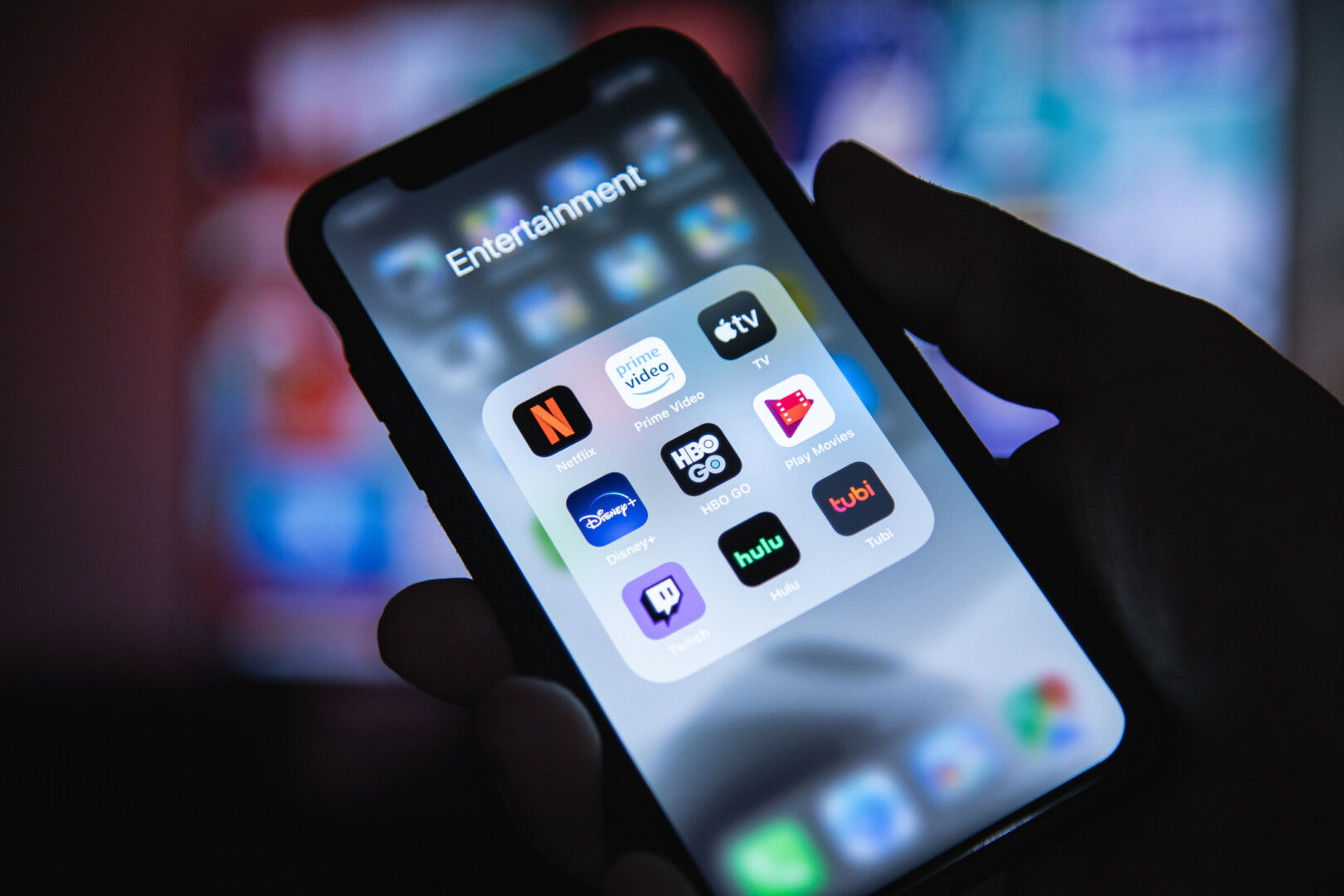Both Disney and Netflix have shared their next steps in their journey to roll out ad-supported tiers of service to customers. On Tuesday, we learned Disney will partner with The Trade Desk to serve programmatic ads across its many properties and use Unified ID 2.0, an alternative to the third party cookie that the Trade Desk has vouched for. On Wednesday, Netflix announced its partner for its much awaited ad-supported tier, electing to move forward with Microsoft. Here’s what Brkthru can say so far:
What we know
These are major moves in a fast-growing space. As Brkthru has already discussed, AVOD inventory is a massive opportunity for marketers with so many new players entering the arena – none bigger than Disney and Netflix.
The Disney announcement should open up a bevy of new inventory for marketers. While this will inevitably help Disney move the ball forward on an ad-supported tier for Disney+, the impact for other Disney properties could be just as big. Hulu, ESPN, and ABC will all potentially benefit from an influx of new advertisers.
Similarly, the demand for brands to show ads alongside Netflix content couldn’t be higher. So much so that some estimate its ad revenue in the US and Canada could be as high as 3 billion. Microsoft’s ad marketplace, Xandr, which it purchased earlier in the year from AT&T, will be a key beneficiary of the deal as the platform marketers will need to be able to access the Netflix content.
What we still need to know
Neither the Trade Desk or Microsoft have announced a clear timeline for when this rollout will occur. Netflix has said previously that it hopes to roll out its AVOD service in Q4. As for Disney, it’s not yet clear. But none of this inventory will become immediately available.
It’s also unclear how advertisers will need to access Xandr inventory. Will they keep it exclusive to their own DSP, or will they potentially open up Netflix inventory to all DSPs through their own exchange?
What we think
These are moves that will impact anyone with experience running CTV or OTT campaigns. But it’s also the first major endorsement of Unified ID 2.0. There are many companies pushing alternatives to the third-party cookie in the ad tech industry, but Disney giving the nod to UID 2.0 could convince more advertisers to buy in. Could this be where advertising moves for measurement after the cookie is gone? We’ll need to know how Google will respond.
These deals could also fragment the media buying industry even more. Advertisers who previously haven’t worked with The Trade Desk will need to do so to access this inventory, and should Netflix & Microsoft keep their inventory exclusive to the Xandr DSP, that will be another platform many agencies will need to adopt.
Digital media agencies like Brkthru, who operate and run campaigns across several DSPs, will be equipped to handle the change, while those who may not will face new challenges.
As we navigate the future of CTV, Brkthru is here to help advertisers of all levels meet their goals. Communication is one of our Core Values, and that means we’ll keep in touch to share how all of these changes and opportunities can help you in your next campaign.
